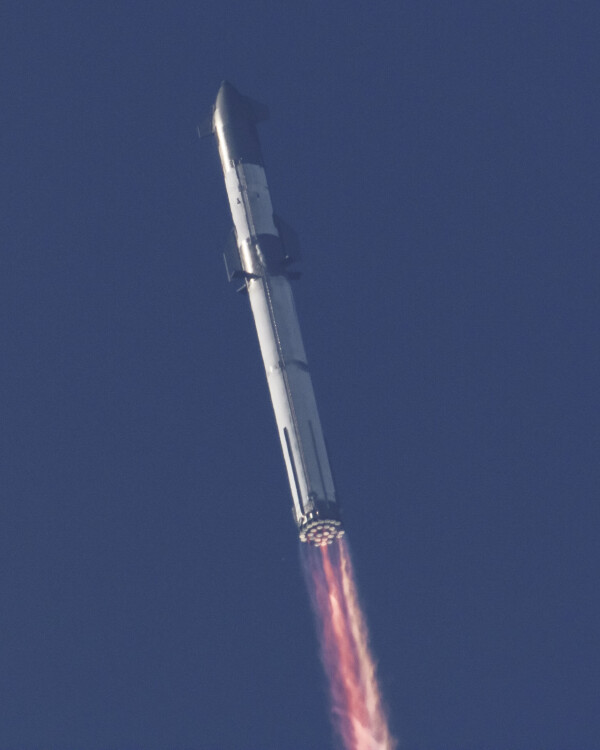
The SpaceX Starship explosion was deliberate says SpaceX team.
About four minutes after SpaceX's gargantuan rocket lifted from its Texas launch pad, it burst into a fireball over the Gulf of Mexico, never reaching space.
Though SpaceX hasn't shared many details yet about what happened during Starship's maiden voyage, one fact is known: It was intentionally ordered to explode.
Rockets are destroyed in the air when people's lives could be even remotely at risk of falling debris. In the days since the uncrewed test, no injuries or major property damage appear to have been reported.
When the rocket launched at 9:33 a.m. ET April 20, 2023, some of the rocket's 33 booster engines had either burned out or failed to light from the start. As Starship ascended, cameras caught views of the flames underneath it, appearing to show some of the engines had cut out.
In a statement released after the incident, SpaceX said Starship climbed to about 26 miles over the ocean before beginning to lose altitude and tumble. Then, self-destruct commands were sent to the booster and ship, which hadn't separated as planned, the company said.
What ultimately initiated that disintegration isn't completely clear, Dan Dumbacher, executive director of the American Institute of Aeronautics and Astronautics, told Mashable.
"Now it's a pure race as to whether the aerodynamic pressure breaks the vehicle up or the flight termination system does," he said, "but it really doesn't matter because the end result is the same."